On April 19th, the Foreign Policy Program and the Center for Universal Education at Brookings convened a discussion of the distinct needs of urban refugee populations and recommendations for improving their access to education. Discussants included Yasmine Sherif, director of Education Cannot Wait, a new global fund designed to position education as a priority on the humanitarian agenda, and Ravi Gurumurthy, Chief Innovation Officer at the International Rescue Committee. Here are some of the insights that surfaced.
Today the world is witnessing distressing levels of displacement. More than 65 million people around the globe have been forced from their homes. Among them are more than 21 million refugees who crossed national borders in search of safety. Of them, 60 percent live in urban areas, outside of formal camps. Yet, most of the humanitarian sector’s models were developed for camp-based settings.
The majority of urban refugees today are self-settled and dispersed through towns and cities, frequently in marginalized and underserved neighborhoods, often straining existing service delivery infrastructure, including for education. Outside of traditional camps, urban refugees must be more self-reliant in meeting their basic needs, as well as in finding educational opportunities. They are also particularly vulnerable to discrimination, exploitation, and multiple dimensions of violence. Out of fear of harassment, detention, or even forced return, many render themselves invisible to the humanitarian community, as well as local authorities, making it difficult to receive assistance from either.
Within this context, there are several barriers to providing quality education to urban refugees: massive overcrowding in government schools, a lack of space, untrained teachers, and deficient government capacity to coordinate diverse stakeholders. National policies may not exist to support the integration of refugees into urban government schools. And if they do exist, such policies are rarely fully implemented, in large part due to a lack of clear operating procedures and poor information dissemination channels. Unlike in camps, refugee families may not be aware of available education options. Moreover, urban refugees often face distinct barriers to education stemming from their refugee status itself, including language gaps, lack of needed documentation, histories of trauma, discrimination, and xenophobia amongst the host population, and the need to support their families.
For all of these reasons, the humanitarian community’s traditional direct service delivery approach is insufficient and sometimes problematic in these settings, as it can create new tensions between displaced and host communities. It can also undercut the central authority of national and local governments that play the lead role in the provision of education in urban environments.
Why does this matter? Because millions of refugee children in urban settings are missing out on the life-saving and life-sustaining benefits of quality education. Education provided in a safe space can protect young people from exploitation and harm, provide stability, and deliver the knowledge, skills and hope they need to build a better future for themselves.
Innovations worth testing
In urban refugee settings, there is a strong need to support teacher training, particularly with second languages, host country curricula, and psychosocial well-being, so that teachers can meet the distinct needs of refugee learners in their classrooms. One innovation highlighted at the roundtable is to invest in—and rigorously evaluate—teacher coaching and mentoring rather than in traditional front-ended (pre-service) teacher training. Teachers 4 Teachers, a collaboration of Teachers College, Columbia University, and Finn Church Aid, in partnership with UNHCR and the Lutheran World Federation, has found promise in a model that focuses on in-service mobile mentoring coupled with peer-to-peer coaching and in-service training in the Kakuma Refugee Camp in Kenya.
A common recommendation across recent research is for the international community to work with and support Ministries of Education to create policies and implementation mechanisms that support refugee integration into the national school system. This often requires double shifting already overcrowded and under-resourced government schools to make space for the refugee populations. Moreover, in the high-density areas where refugees live, there frequently isn’t enough existing space for secondary school access for refugees, even with a second shift. Thus, another area for innovation is in the sphere of public-private partnerships. Views on public-private partnerships, where private actors manage schools and the government pays for students to attend, are often extremely polarized in crisis and post-crisis contexts. This is because education is an essential public service and public good. Basic service delivery plays a role in social contracts between a government and its citizens and influences public trust in national authorities, particularly post-conflict. Moreover, education is inherently political, given that the teaching of history influences national identity. For many, the idea that the private sector could profit off of people who have just lost their homes, and often more, to crisis and conflict, is troubling. That said, roundtable participants questioned whether government and international actors could work with the private sector and other non-state actors to leverage existing infrastructure to overcome urban refugees’ lack of access to education by using private or community-based schools after they are empty. Supporting education authorities within national and local governments to engage private schools in conversations about this lack of access appears to be a promising innovation worth testing. This could perhaps be framed within a corporate responsibility context.
Another area for innovation is the use of technology in tracking non-formal education credentials that will help refugees access higher education and livelihoods. The lack of standardized certification for non-formal education across countries is a participatory barrier for refugees as they attempt to access higher education and jobs. Two graduate students at Columbia’s School for International and Public Affairs (SIPA) are developing an innovative project that uses digital technology and data to improve the global urban environment. A4Ed, their innovative tech initiative, leverages mobile and blockchain technology to provide a platform to track, store and verify refugees’ non-formal learning achievements and skill development, creating a “digital backpack” of classes, workshops, internships, and skills so that refugees can present these credentials to higher educational institutions, scholarship committees, employers, etc. The initiative just won SIPA’s Dean’s Challenge and its leaders are exploring application in the field with UNICEF, UNHCR, and others.
The way forward
More than half of the world’s refugees now reside in urban areas—straining public service delivery and often relationships between displaced and host communities. This exacerbates the existing vulnerabilities of marginalized people, and in some cases, appears to fuel the kind of populist grievance that ultimately puts pressure on the international system. It is therefore essential that the international community update its ways of working to suit urban environments, rigorously testing and sharing results from pilot innovations, both good and bad, for all to learn from and build upon. That is especially the case when it comes to providing access to quality education. The well-being of many millions of people and the communities that host them hang in the balance.
The Brookings Institution is committed to quality, independence, and impact.
We are supported by a diverse array of funders. In line with our values and policies, each Brookings publication represents the sole views of its author(s).

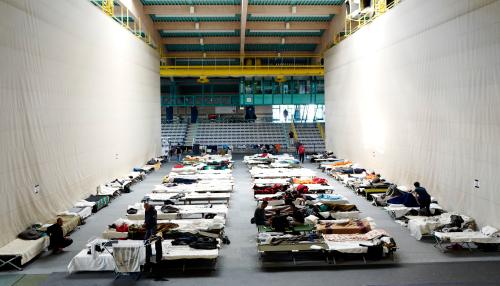
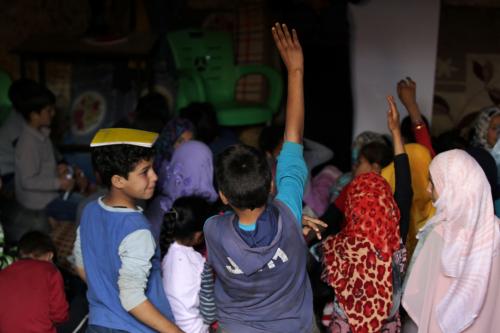
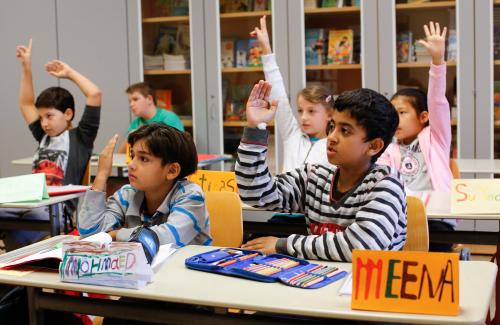
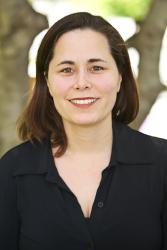
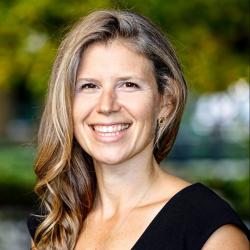
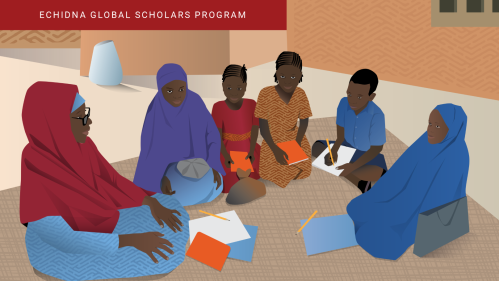
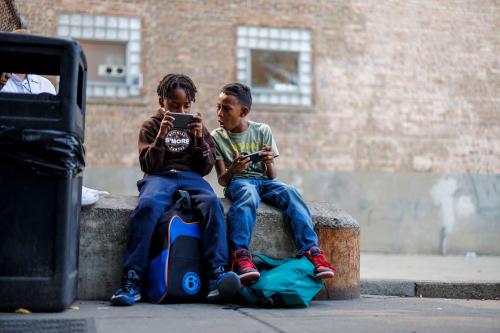
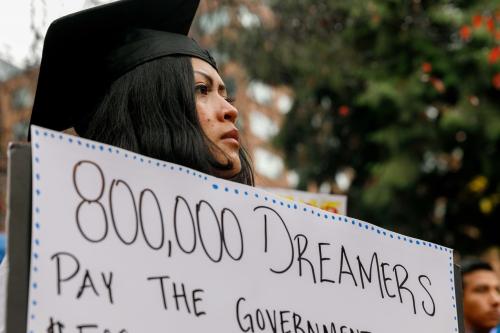
Commentary
Innovations for improving access to and quality of education for urban refugees
May 11, 2018